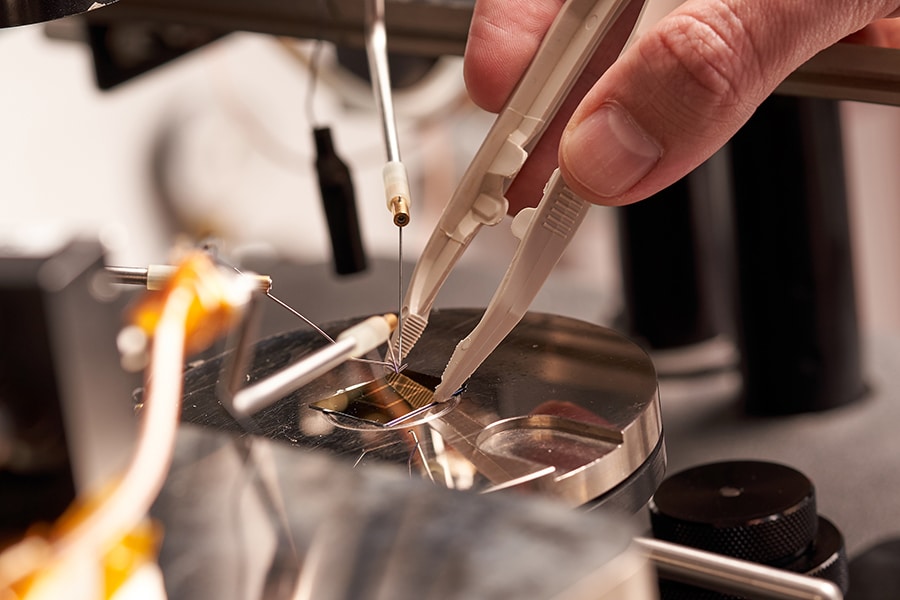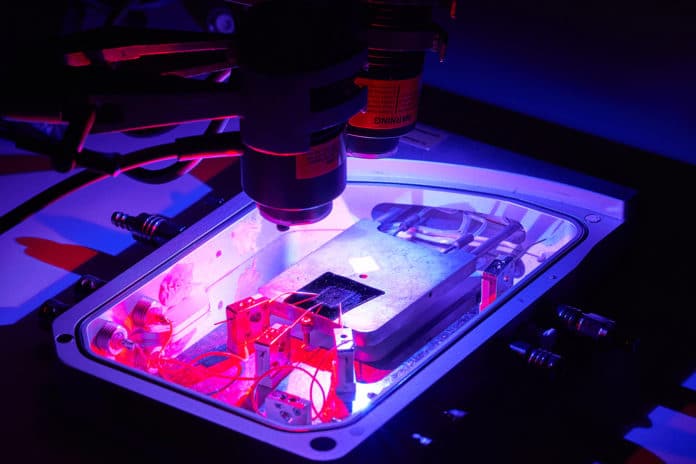The human brain has amazing capabilities making it in many ways more powerful computer than anything it itself has created so far. It’s no wonder that researchers and engineers are trying to emulate the structure of the human brain with artificial synapses.
Now, a team of researchers at RMIT in collaboration with Australian National University, Colorado State University and the Queensland University of Technology, has made a new artificial synapse based device that works using the light-based biotechnology called optogenetics.
In case if you are not aware of what the field of optogenetics is all about, it is the technique that involves the use of light to manipulate the activity of cells or neurons with ultra-high precision so that they can be turned on or off.
The new electronic chip is designed to run on optogenetic principles and to replicate the way the brain stores and loses information. It uses the light of different colors to write, process, and erase data.

“Our optogenetically-inspired chip imitates the fundamental biology of nature’s best computer – the human brain,” said Dr. Sumeet Walia, Research Team Leader. “Being able to store, delete, and process information is critical for computing, and the brain does this extremely efficiently. We’re able to simulate the brain’s neural approach simply by shining different colors onto our chip.”
Optogenetically-inspired chip is made of ultra-thin material called black phosphorus (BP), which responds to different wavelengths of light and changes its electrical resistance, allowing the researchers to mimic how neurons work in the brain. It can also perform a variety of logic operations, including brain-like functionality and information processing.
Black phosphorus is an advantageous material, but it can often be diminished by natural defects. However, in this case, the researchers used them for their benefit.

A photocurrent is generated on the chip using light, and switching between colors causes the current to reverse direction from positive to negative. Doing this over and over, in a certain pattern, allows the device to connect (and induce learning) or inhibit (and induce forgetting) connections between components – similar to how neurons in the brain pass messages along to form memories.
The chip could be useful in wearable electronic devices and can help advance two fields of computing – light-based and brain-inspired devices, according to the researchers.
“This technology creates tremendous opportunities for researchers to better understand the brain and how it’s affected by disorders that disrupt neural connections, like Alzheimer’s disease and dementia,” said Dr. Taimur Ahmed, lead author of the study published in Advanced Functional Materials.
Being able to replicate neural behavior on an artificial chip offered exciting avenues for research across sectors, he further added.
